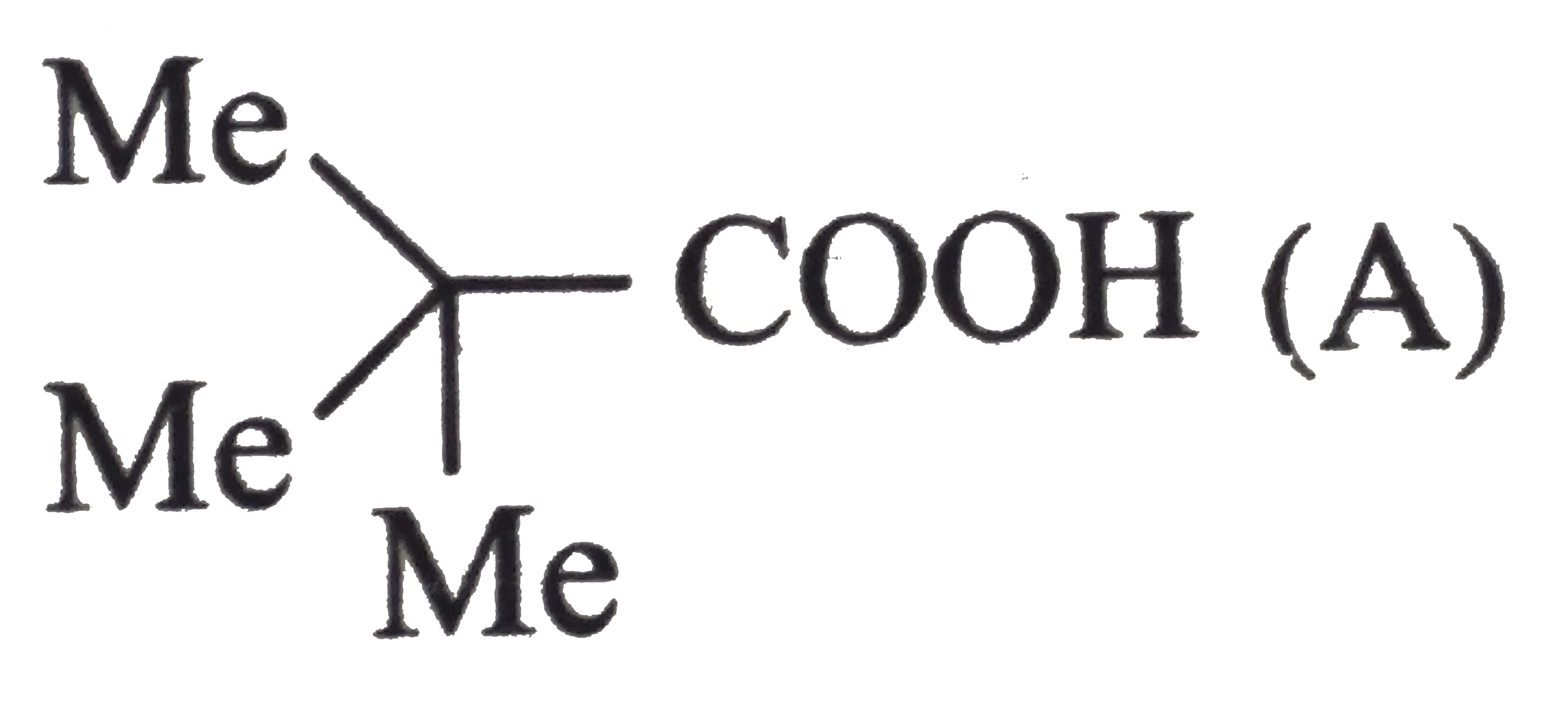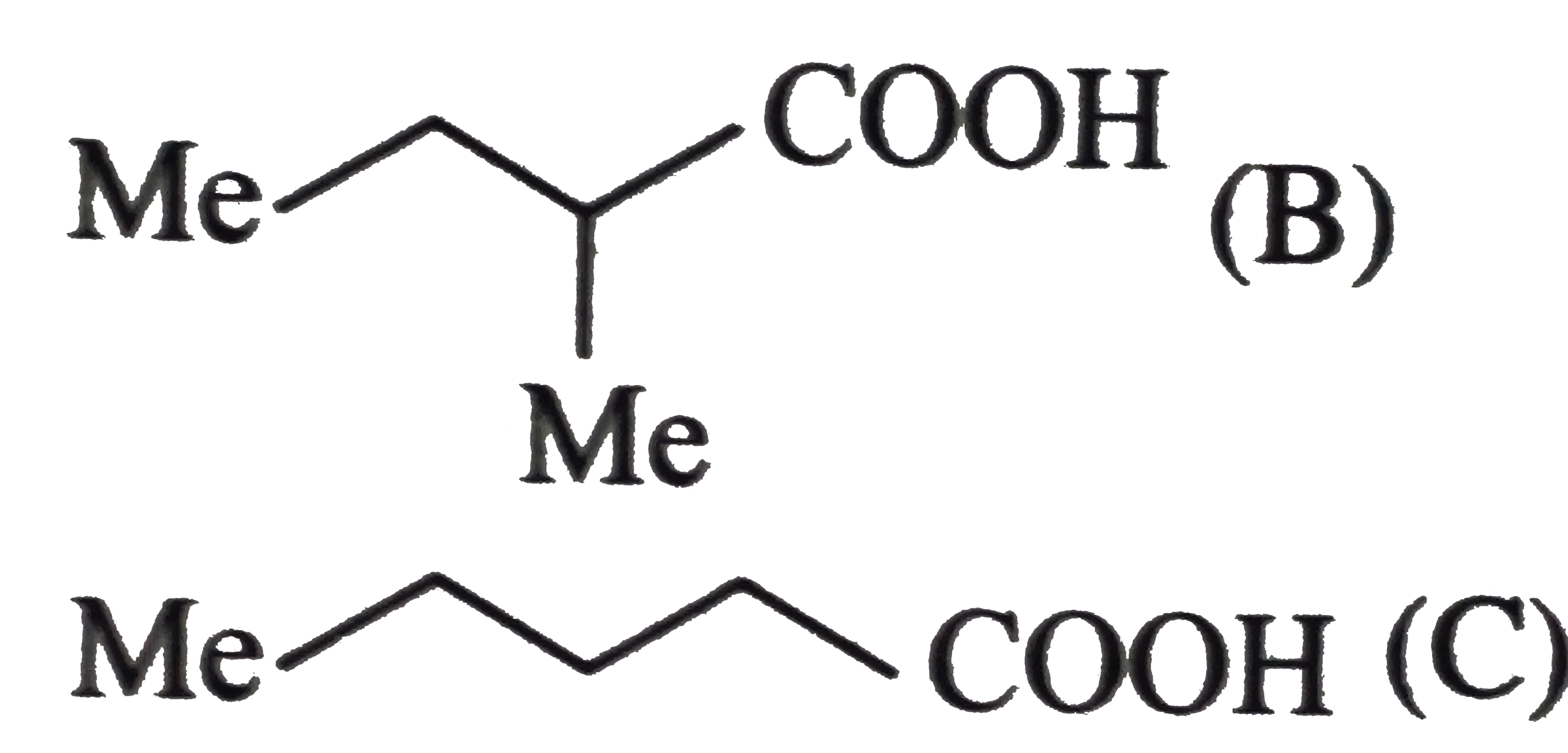Differentiate between the following :
Monohybrid and dihybrid cross
Step-by-Step Solution
1. Definition of Terms:
- Monohybrid Cross: A genetic cross that involves a single trait or character, focusing on the inheritance of one gene with two alleles (dominant and recessive).
- Dihybrid Cross: A genetic cross that involves two traits or characters, focusing on the inheritance of two genes, each with two alleles.
2. Number of Traits Involved:
- In a monohybrid cross, only one trait is considered.
- In a dihybrid cross, two traits are considered simultaneously.
3. Genes and Alleles:
- A monohybrid cross involves one gene and its two alleles.
- A dihybrid cross involves two genes, each with its own two alleles.
4. Phenotypic Ratios:
- The phenotypic ratio in a monohybrid cross is typically 3:1 (dominant to recessive).
- The phenotypic ratio in a dihybrid cross is typically 9:3:3:1 (representing the combinations of the two traits).
5. Purpose of the Crosses:
- The monohybrid cross is primarily used to observe the dominance of one trait over another, helping to identify which trait is dominant and which is recessive.
- The dihybrid cross is used to study the principle of independent assortment, allowing us to understand how different genes segregate independently during gamete formation.
6. Visual Representation:
- In a monohybrid cross, the Punnett square will be a 2x2 grid.
- In a dihybrid cross, the Punnett square will be a 4x4 grid, representing the combinations of the two traits.
Summary of Differences:
- Monohybrid Cross: Involves one trait, one gene, 3:1 phenotypic ratio, used to study dominance.
- Dihybrid Cross: Involves two traits, two genes, 9:3:3:1 phenotypic ratio, used to study independent assortment.
- Monohybrid Cross: A genetic cross that involves a single trait or character, focusing on the inheritance of one gene with two alleles (dominant and recessive).
- Dihybrid Cross: A genetic cross that involves two traits or characters, focusing on the inheritance of two genes, each with two alleles.
- In a monohybrid cross, only one trait is considered.
- In a dihybrid cross, two traits are considered simultaneously.
- A monohybrid cross involves one gene and its two alleles.
- A dihybrid cross involves two genes, each with its own two alleles.
- The phenotypic ratio in a monohybrid cross is typically 3:1 (dominant to recessive).
- The phenotypic ratio in a dihybrid cross is typically 9:3:3:1 (representing the combinations of the two traits).
- The monohybrid cross is primarily used to observe the dominance of one trait over another, helping to identify which trait is dominant and which is recessive.
- The dihybrid cross is used to study the principle of independent assortment, allowing us to understand how different genes segregate independently during gamete formation.
- In a monohybrid cross, the Punnett square will be a 2x2 grid.
- In a dihybrid cross, the Punnett square will be a 4x4 grid, representing the combinations of the two traits.
- Monohybrid Cross: Involves one trait, one gene, 3:1 phenotypic ratio, used to study dominance.
- Dihybrid Cross: Involves two traits, two genes, 9:3:3:1 phenotypic ratio, used to study independent assortment.
Topper's Solved these Questions
- PRINCIPAL OF INHERITANCE AND VARIATIONSBOOK - MBD -HARYANA BOARDCHAPTER - PRINCIPAL OF INHERITANCE AND VARIATIONSEXERCISE - EXERCISE
51 Videos
- ORGANISM AND POPULATIONBOOK - MBD -HARYANA BOARDCHAPTER - ORGANISM AND POPULATIONEXERCISE - EXERCISE
25 Videos
- PRINCIPLES AND PROCESSES IN BIOTECHNOLOGYBOOK - MBD -HARYANA BOARDCHAPTER - PRINCIPLES AND PROCESSES IN BIOTECHNOLOGYEXERCISE - EXERCISE
26 Videos
Similar Questions
Differentiate between the following.
Flora and fauna
View SolutionDifferentiate between the following acids :
(a)
(b)
View SolutionDifferentiate between the following.
Apogamy and apospory
View SolutionDifferentiate between the following
Tendons and ligaments.
View SolutionDifferentiate between the following.
Zoo and wildlife sanctuary
View SolutionDifferentiate between the following:
(a) Micronutrients and macronutrients
View SolutionDifferentiate between the following :
Amylose and Amylopectin
View SolutionDifferentiate between the following.
Homospory and heterospory
View SolutionDifferentiate between the following.
Prothalius and protonema
View SolutionDifferentiate between flora and monograph.
View Solution
